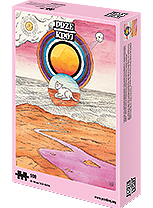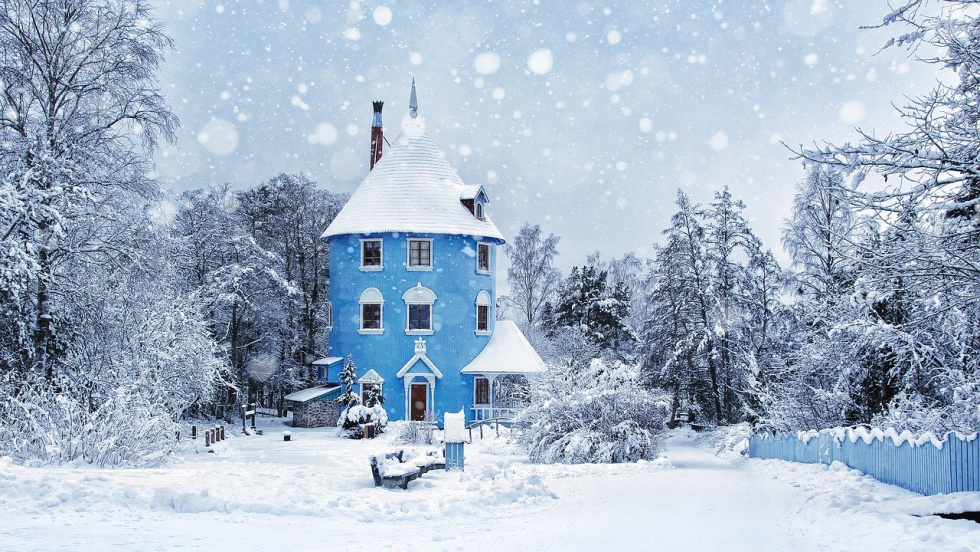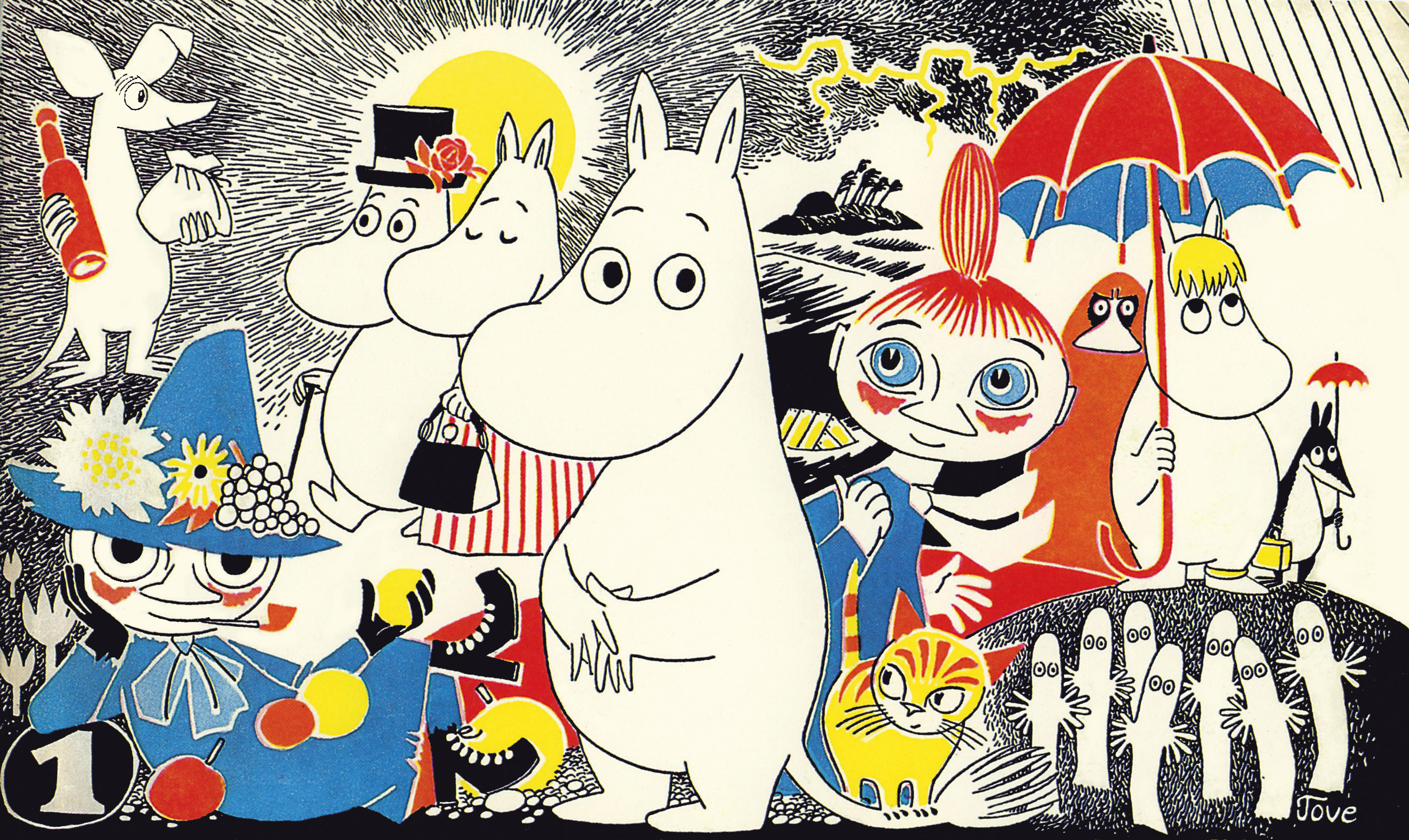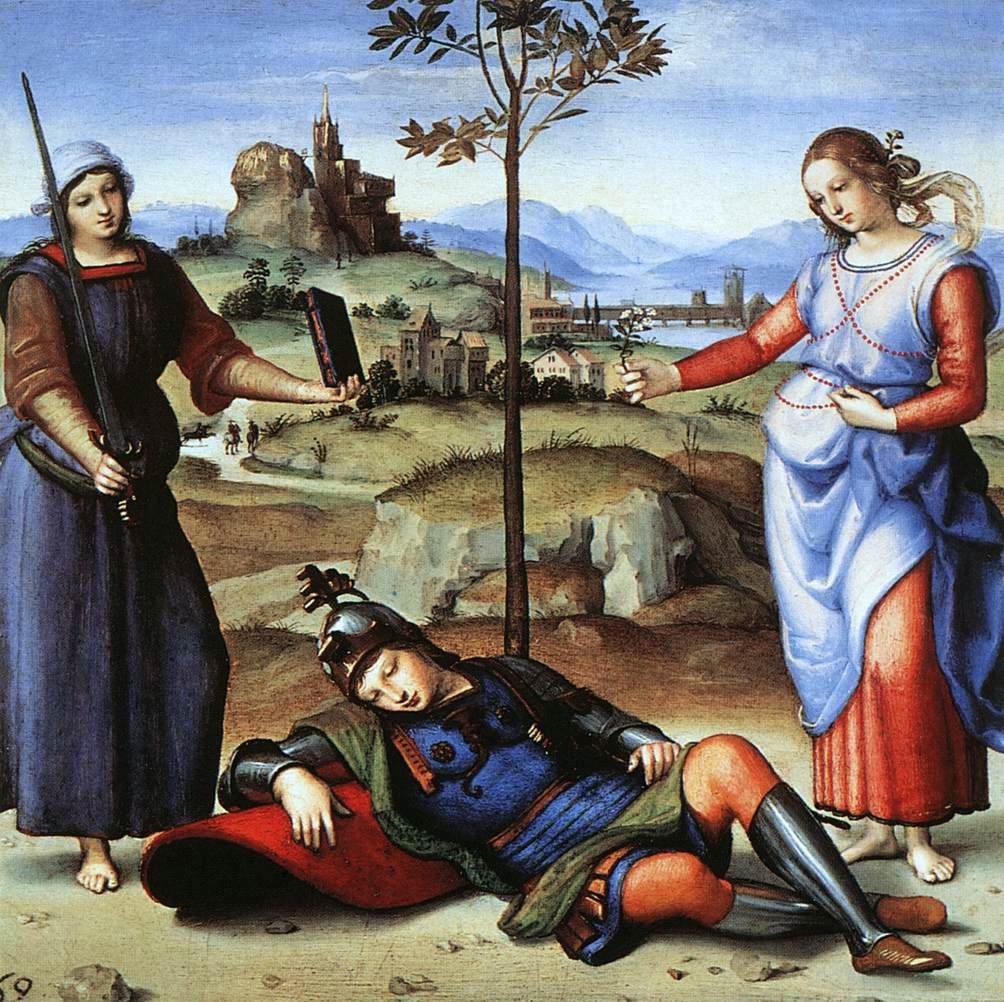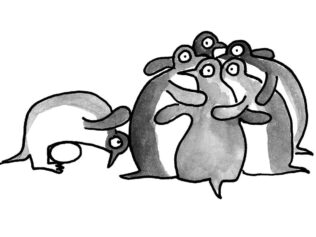
If anyone still doubts that stories about Moomins can be read as philosophical texts – important for children, but perhaps more important for adults – they should read the final book in the series. Moominvalley in November is a beautiful treatise about the struggle between light and darkness that is taking place in nature and within us right now.
Some devoted Tove Jansson readers might not enjoy this book, because the Moomins are actually absent from the story. The author erased them almost completely – not only from the narrative, but also from the original Swedish title, Sent i november. This is actually the only title in the series that does not contain these warmer words: Mumintrollet, Muminpappan; nor does it refer directly to any living creature. The title sounds alien, more serious than the titles of other parts of the series. And this is exactly what the book is like.
The Moomin family is not there, because they are staying in a lighthouse on the uninhabited island to which they sailed in the previous novel (Moominpappa at Sea). However, their deserted home is soon full of various characters that want to soak up the atmosphere of openness and kindness generated by the Moomins. Remembering this warmth, the Hemulen, Fillyjonk, Mymble, Toft, Grandpa-Grumble arrive at the blue, round house at the verge of winter. Even Snufkin comes back to the Valley to find inspiration and the last five bars needed to write his song, lost sometime at the end of summer (“In August, somewhere in Moominvalley, he had hit upon five bars which undoubtedly would prove a marvellous beginning for a tune.”)
The group are greeted by the cold emptiness of the rooms, with no-one there bar the bizarre Ancestor, a 300-year-old Moomin hibernating in the stove, as Grandpa-Grumble will soon discover. The place they find resembles the cold spaces from Doris Lessing’s The Memoirs of a Survivor, almost glowing with a sharp, wintery blue instead of the warmth and cosiness created by Moominmamma. “It was colder in the guest room facing north than it was outside,” said the disappointed Fillyjonk to the others. This is how the tale, completely different from other Moomin-themed volumes, begins. Published in 1970, the book features elements of a thriller, a philosophical tale and – of course – a fairy tale. From these elements, Jansson’s unbridled imagination spins an amazingly coherent narrative.
A place for great dreams
“When I think of Finnish restraint, Tove Jansson’s Moomins immediately come to mind. I see them as something raw, distant and withdrawn,” says Sebastian Musielak, translator of Finnish literature into Polish, in an interview for the online magazine, Dwutygodnik. This raw, distant and withdrawn element is right at home in the chilly Moominhouse anticipating the arrival of winter.
But before it arrives and ‘covers everything’, the world and all its little creatures find themselves on the brink of great work that awaits them. Work? After all, we mainly associate wintertime with the opposite: holiday season and rest, the unimaginably – for humans – long hibernation of animals, and nature vegetating under the weight of snow. But this December world, the one the group is anticipating with their journey to the Moominvalley, is filled with work that begins in November, on the eve of winter, and ends in spring, with the onset of warmer weather. This is what Moominvalley in November is about – the necessary spiritual and emotional work that the protagonists, and we – the readers – need to undertake. It is about departure, loneliness, grief, coming to terms with the passing of time and one’s own nature – whatever it may be. All those who come to the famous valley hungry for the warmth of the Moomin house, will later return to their homes unchanged, and yet different; richer in the most important assurance in life – a certainty that they are exactly how they should be. “‘Will you always be the same?’ Fillyjonk asked [her] out of curiosity. ‘I certainly hope so,’ Mymble answered.”
When, if not in the winter, can we find a better time for this? Jansson asks. Unlike any other season, winter gives us the much needed “space and silence”; it allows “plenty of room for dreams” (as Toft will discover). And these dreams are nothing but the work of the unconscious that helps us defeat our own shadows, overcome fears, and understand our own desires. After all, what does the journey of friends to the Moominvalley really mean? It is a story about confronting loneliness and our own selves, without which spiritual development is impossible, the labour of confronting departure. Fillyjonk rehearses this in a somewhat terrifying conversation with Mymble: “‘It’s just exactly what one should do when one is shut in together, washed ashore, wind-blown, rain-drenched – one has a party and in the middle of the party the lights go out and when they go on again there is One Less in the House.’ Mymble looked at Fillyjonk with new interest. ‘Sometimes you’re very surprising,’ she said. ‘That wasn’t bad at all. And then one after another vanishes and in the end only the cat is left, washing itself on their graves!’ Fillyjonk shuddered.” Mymble’s attitude here is the definition of this attitude – acceptance and trust in oneself.
Ice-covered elements
The world, however, confronts us with a rather painful condition: entering the darkness, the unknown, and – who knows, perhaps unbearable – suffering. When everything outside freezes and is covered in ice, it’s the best moment to stay inside, drown out the noise of the world, calm down for a moment, and – as deeply as possible – enter into solitude and silence. But how to do it today, when the sound of the universe is so loud? Who can do it? When Jansson wrote the last part of the Moomin series in 1970, she “[sat] inside, laughing in warmth and solitude”, while staying on the secluded Klovharu Island in the Gulf of Finland.
“The quiet transition from autumn to winter is not a bad time at all. It’s a time for protecting and securing things and for making sure you’ve got in as many supplies as you can. It’s nice to gather together everything you possess as close to you as possible, to store up your warmth and your thoughts and burrow yourself into a deep hole inside, a core of safety where you can defend what is important and precious and your very own. Then the cold and the storms and the darkness can do their worst. They can grope their way up the walls looking for a way in, but they won’t find one, everything is shut, and you sit inside, laughing in your warmth and your solitude, for you have had foresight,” she writes at the beginning of “Moominvalley in November.
Doesn’t the annual, most important exchange of light and darkness, warmth and cold take place in December? This climax, the momentary balance between darkness and light, is the day of the winter solstice, just before Christmas Eve. The next day, everything turns towards the light, towards spring, and the world begins getting over the winter. Coming to terms with this cycle, the eternal circle of life and death (“the fox bit its own tail” on the collar of Fillyjonk’s coat) is the goal and triumph of this time. Friends who visit their house slowly accept the Moomins’ absence in the same way. The initial fear of frostiness and emptiness gives way to a greater freedom, and for many of them despair turns into an acceptance of reality.
In one of the last episodes of the first season of the Russian TV series To The Lake, the protagonists – a group of people escaping the epidemic of a mysterious disease raging in Moscow – reach the eponymous, looked-for lake. The water, of course, is frozen over, as happens in the middle of winter in Russia. They decide to take shelter from the plague and other people in a wooden ship turned into a dacha. One day, one of the women thinks that her son has committed suicide by drowning in the lake. The camera records her despair from the icy depths of the water. Suddenly the world seen from that perspective looks completely different, scarier. The icy abyss seems to contradict the life that fell into the water and the life that just a few months earlier thrived ashore. The protagonist of the touching Om jag glömmer dig blir jag en annan [If I Forget You, I Will Become Someone Else] by Ida Linde, a Swedish writer and poet, thinks to herself while walking by a lake that she has known since childhood: “The water has closed. It is difficult to imagine that, not so long ago, they were swimming here.”
In both of these examples, winter is presented as an abyss that closes in on us. The season, which silences the minds and hearts of “all large and small creatures”, allows them to simultaneously work in a different mode – to dream their big, cruel, but much needed dreams. Winter-time is a period when everything solidifies, taking with it sacrifices. At the same time, our unconscious – this dark element – works in our favour.
Tired Moominmamma
But why aren’t the Moomins at home at this time? They are absent from Moominvalley in November, and it is as if they are also absent from Moominland Midwinter, because they are sleeping. Things clear up when Moomintroll – the only one of the whole family to wake up suddenly in the middle of winter – comes to a despairing realization: “All the world has died while I slept. This world belongs to somebody else whom I don’t know. […] It isn’t made for Moomins.” But is it really? As Toft will discover, Moominmamma was “tired and cross and disappointed and wanted to be on her own” and would walk to the “forest of anger” to rest. The Moomins come from absolute darkness, like we all do – after all, their ancestor lives in a stove, in which there is – as Grandpa-Grumble notices – “nothing but darkness”. Something to think and dream about during the longest evenings of the year.

